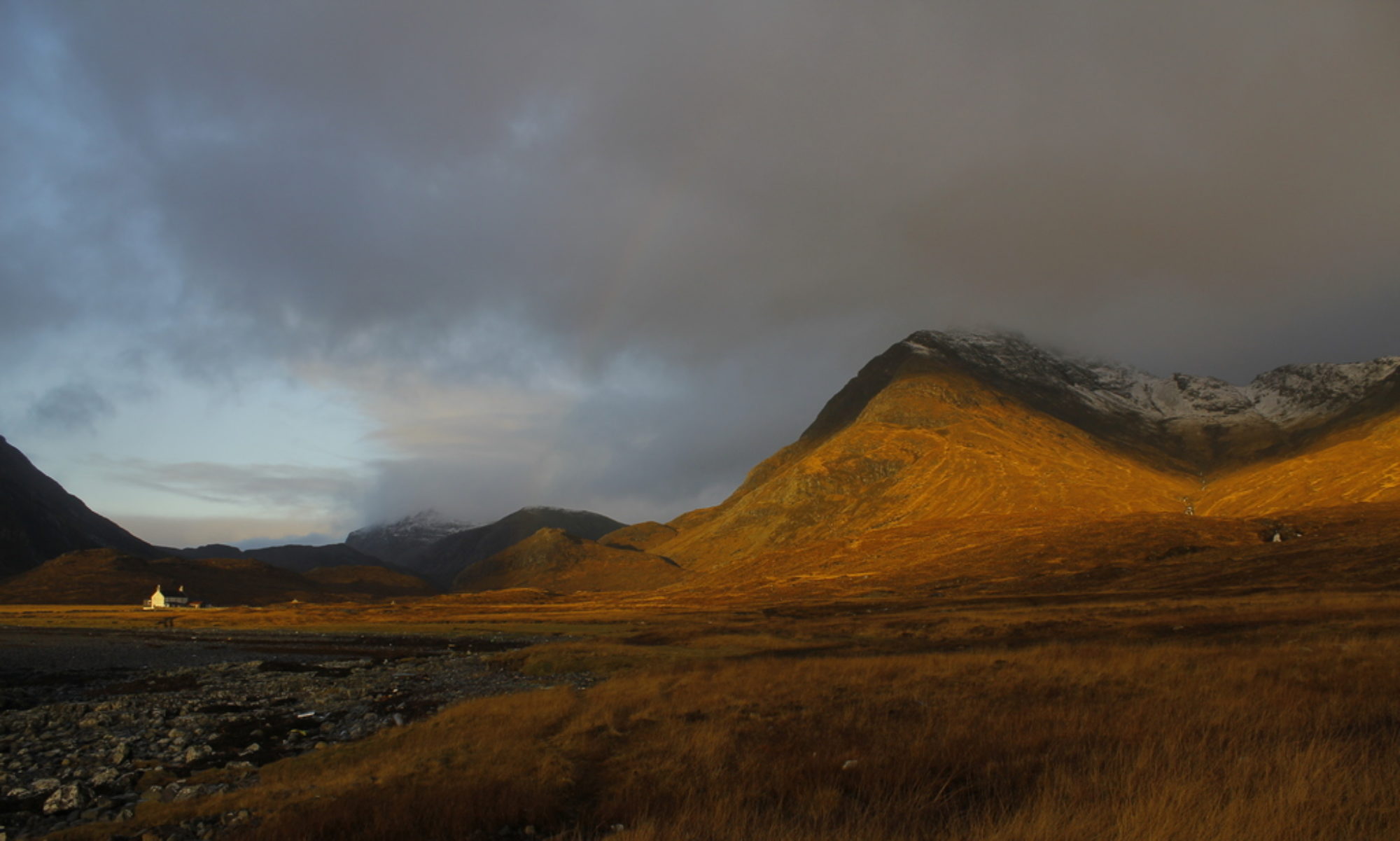the victorian lady without means but with an inappropriate yearning for daredevil journeys.
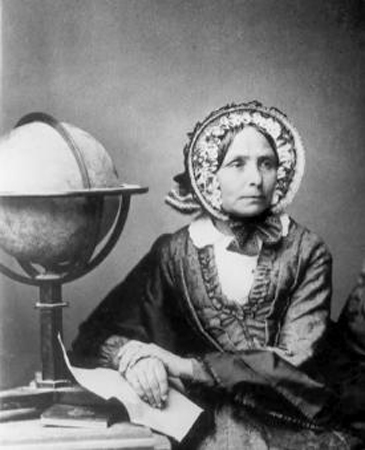
Her father raised her like a boy, she was introduced to a scientific education, she wore trousers and learnt how to shoot and play the violin. After her father’s death she was forced to concern herself with household duties and play the piano like a well-behaved girl should. She fell in love with her tutor, who wanted to marry her, but he wasn’t good enough for her ambitious mother. Finally, Ida settled for a marriage of convenience, but her unsuccessful husband didn’t provide her with the life her mother had imagined for her. Ida would most probably have been better of with her former tutor Emil Trimmel, who vowed to stay true to her. (Indeed, he never married and wrote her letters his whole life.) When her children finally had grown up and her husband had died, Ida visited a cousin in Triest and while looking over the sea a most passionate yearning to travel overwhelmed her. Finally, at the age of 44 on the 22nd of march 1842, Ida set out. To justify her first travel, she chose Jerusalem as her destination and declared it a pilgrimage. But, oh girl, what a journey it would be! She traveled under adventurous circumstances to Constantinople, the Dead Sea, Alexandria and Siciliy, just to name a few.
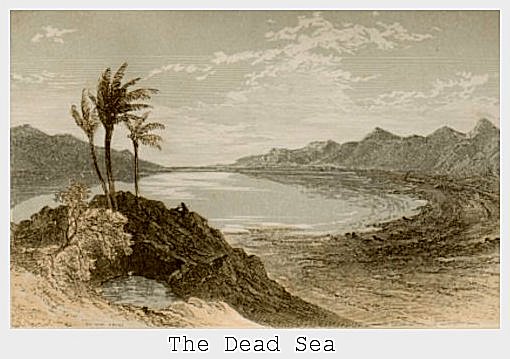
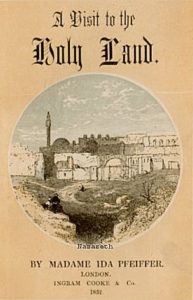
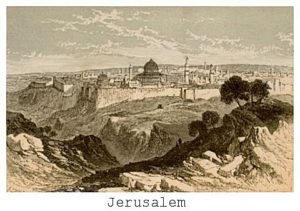
More pictures of this journey here.
“Die wundervollen Moscheen mit ihren fein gezeichneten Minaretten, die Paläste und Harems, die Kioske und grossen Kasernen, die Gärten, die Boskette (Lustwäldchen) und Waldungen von Zypressen, die vielfarbig angestrichenen Häuser, über welche oft wieder einzelne Zypressen ihre schlanken Gipfel erheben, und endlich der ungeheure Wald von Masten – dies alles bildet einen unbeschreiblich überraschenden Anblick.” (“The splendid mosques with their finely drawn minarets, the palaces and harems, the kiosks and the barracks, the gardens, the bosquets (trees in a park) and groves of cypresses, the multicolored striking houses, over which often single cypresses rise their slender peaks, and finally the immense forest of masts – all this makes an indescribable surprising sight.”)
Her vivid descriptions of the scenery and the people (though from todays point of view with a rather euro-centristic perspective) where an instant hit when published and the money from her published travel diaries allowed her to travel on. She did manage to travel around the world two times (!) and would have gone on if the Malaria hadn’t stopped her.
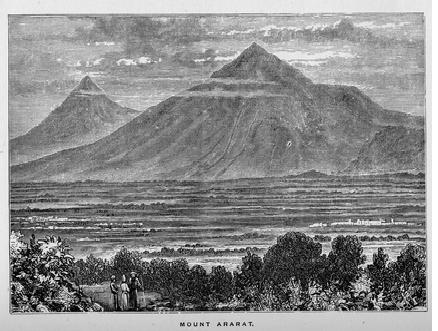
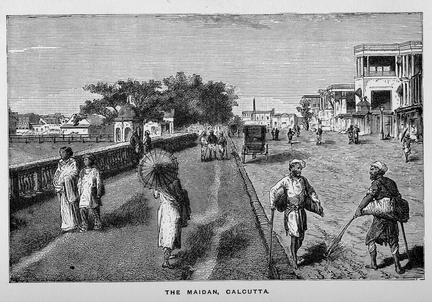
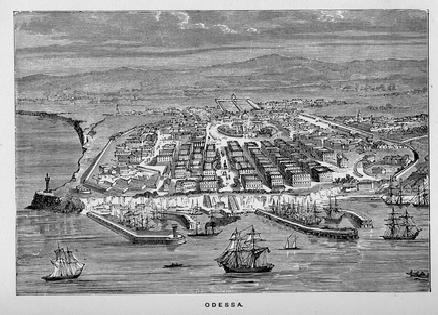
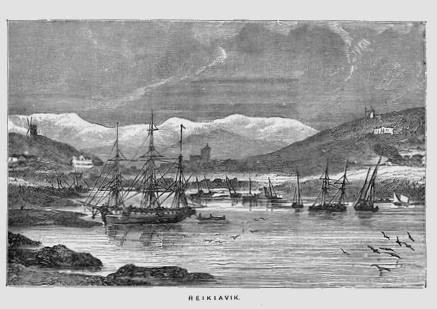
More of this beautful illustrations in this book.
To know more about her trips I recommend to read her diaries or a biography. I read the one of Gabriele Habinger mentioned below and it was seriously fun.
Ida Pfeiffer now has an cenotaph at the Vienna Central Cemetery (Ehrengrab am Wiener Zentralfriedhof) which I recently visited to honor this intrepid traveler, who didn’t – thankfully – do what she was told…
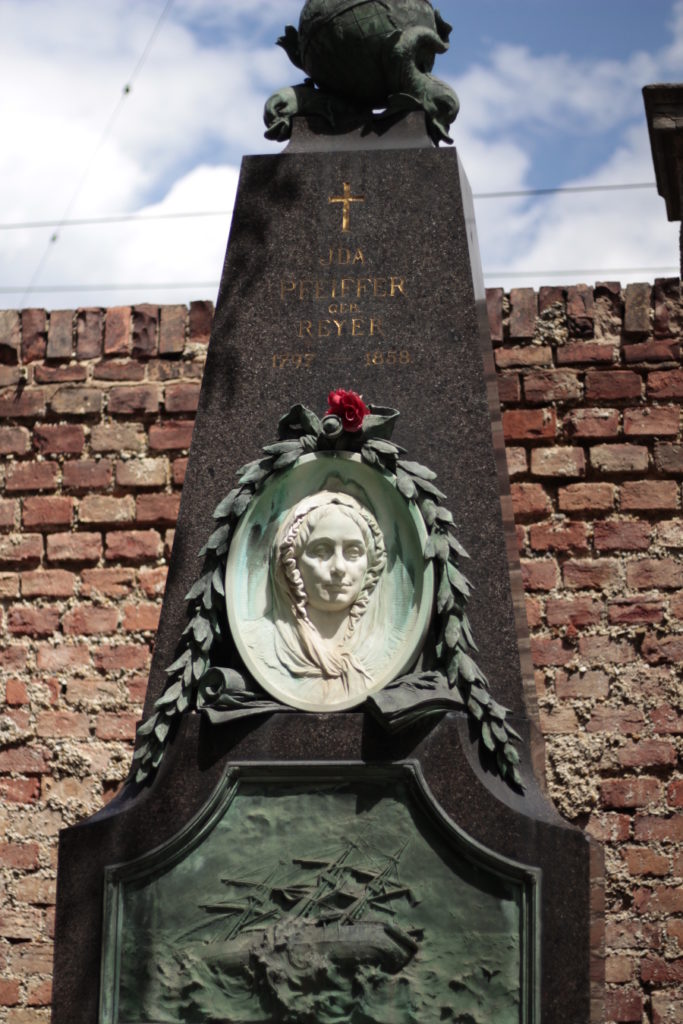
More of Ida Pfeiffer in this book: Habinger, Gabriele: Eine Wiener Biedermeierdame erobert die Welt. Die Lebensgeschichte der Ida Pfeiffer (1797-1858).
Unfortunately just in German. However, you can find some of the original diaries of Pfeiffer in English on archive.org.
Her first trip even as audiobook: Visit to the Holy Land, Egypt and Italy.
Enjoy!
